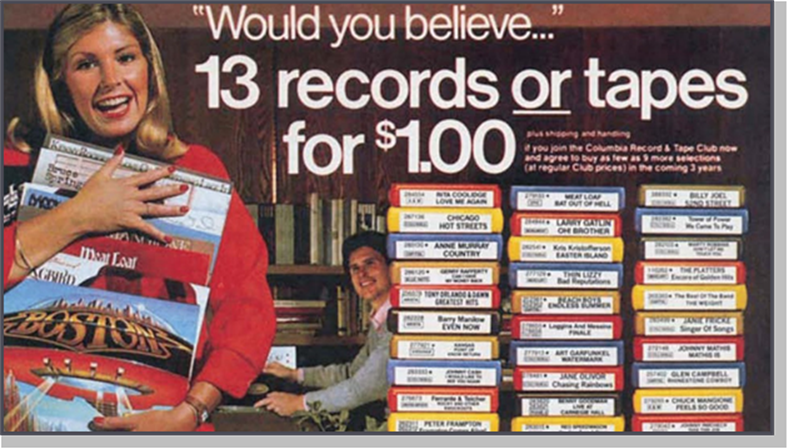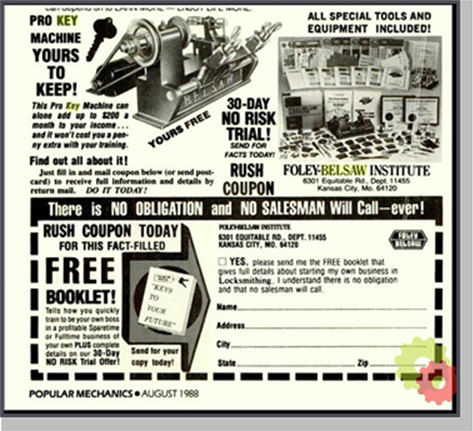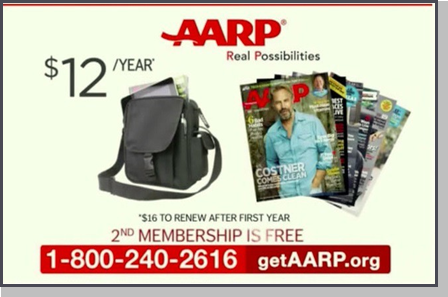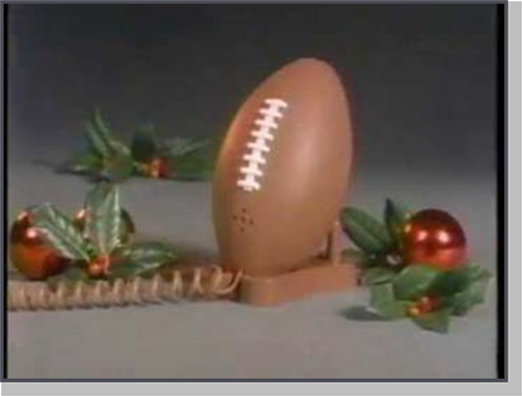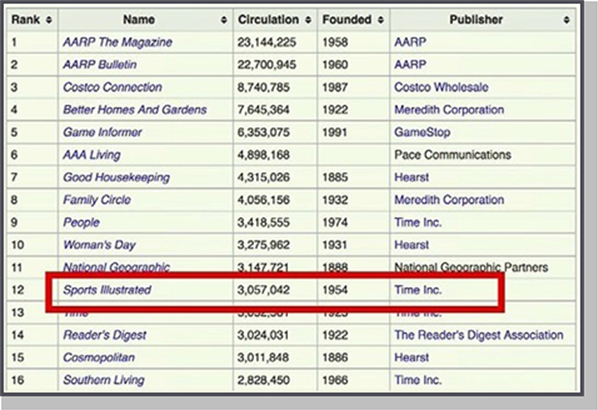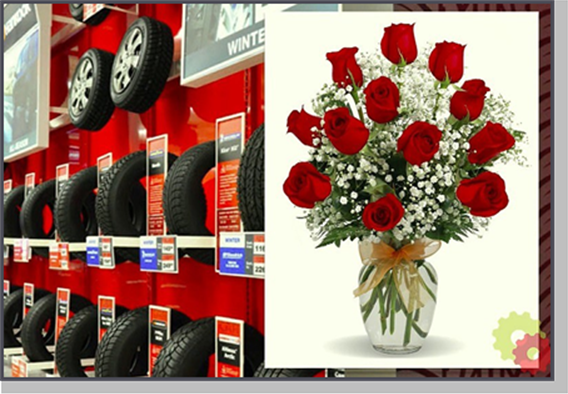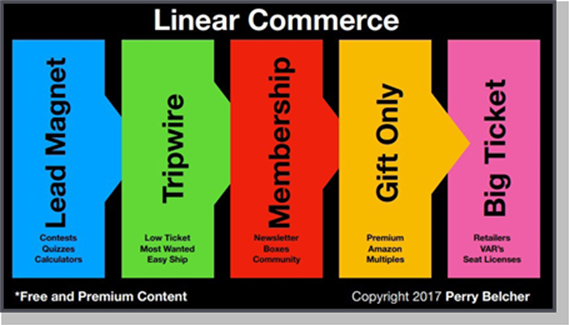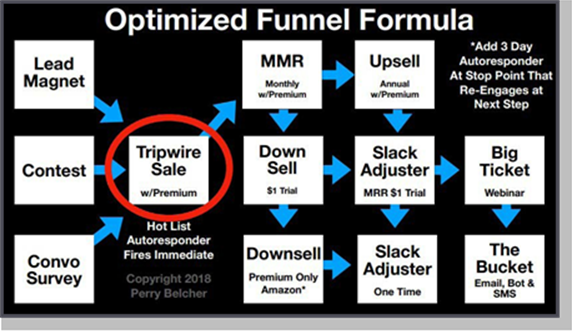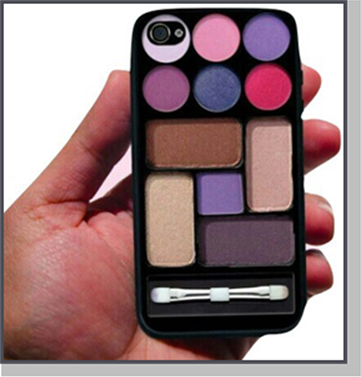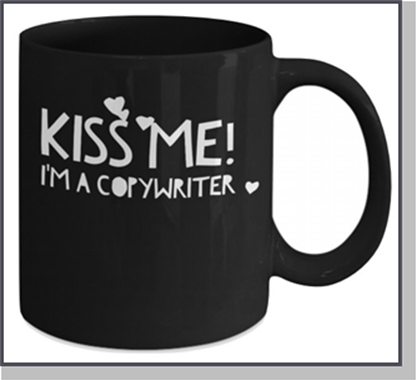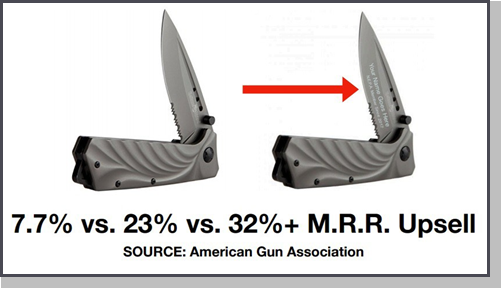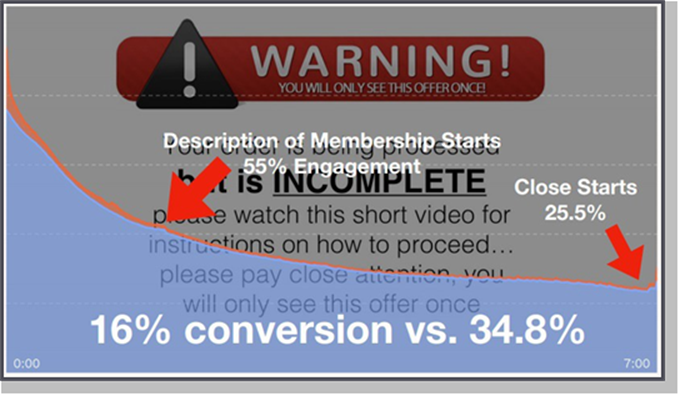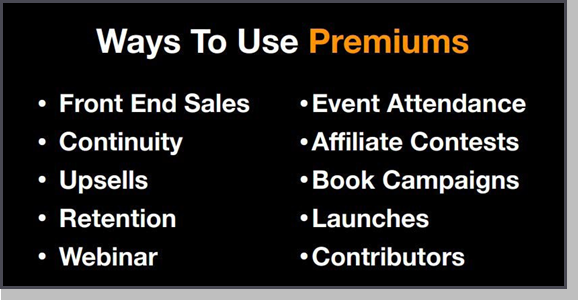Perry Belcher
Perry Belcher is an SEO expert, business marketing consultant, investor, importer, copywriter, internet entrepreneur, and Co-owner of DigitalMarketer. Perry specializes in all aspects of online marketing, and brings decades of startup company and investing experience that the experts can learn from.
I’ve learned something in the last two months over the course of a weeklong session that has increased our front end conversion 4X. And some of our back end conversion as well. Our business was already a very big on the consumer side.
So, if you pay attention and you do this one thing that’s actually really really really simple, you can 4X every sale you make. How’s that? It’s not technical, it’s not a Google hack, it’s not a YouTube hack, it’s not a copywriting hack. It’s none of that. It’s just a very very very simple principle and I wanna prove it to you today.
Tripwires and Why They Work
I’ve sold about $400 million worth of products online and I built my whole career online based on this advertisement.
This is an ad from Columbia Records. They did cassettes, records, 8-track tapes. The point is, this is a tripwire offer. A tripwire is a loss leader item. It’s a crazy ridiculous offer that people can’t resist. It brings them in and then we sell them more stuff later. That’s the whole idea. But why do tripwires work? I
didn’t know until some friends of mine, Richard and Clayton, explained to me what I was already doing.
Since then I’ve totally changed everything in our life and our business. So, why do tripwires work? Because they really do work. They work because of Premiums.
What’s A Premium?
So, what’s a “Premium”? A Premium is something that you want but are unwilling to pay for. It really is, that’s exactly what it is. Premiums have been around forever. They’re basically hitting this “want” trigger in you. They gets you to do something you don’t necessarily want. A lot of people signed up based off the advertisement from Columbia Records. How many of them did it so they could get records and tapes every month? Very few. How many did it for the Premium? Almost all of them. Premiums have been around for a really long time.
Lesson #1: A Premium Has to Be Something the Customer Wants But Isn’t Willing to Pay For
Back in the savings and loans days when everybody was trying to get you to go from a bank to a savings and loans, they would incentivize people by
offering a free set of steak knives. What do steak knives have to do with bank accounts? Absolutely nothing. A Premium has to be something your customer wants, but it doesn’t have to be related to the thing they need (the account at the S&L).
Note: Premiums do still work if they are related but the point is that they’re so powerful they don’t have to be related.
Example #1: The Belsaw Institute
You’ve probably never heard of The Belsaw Institute and there’s no reason you would have if you’re not a locksmith. They’ve trained almost every locksmith in America. In their ad, they spend more time talking about what you get with their training course than they do about the course itself.
They put this thing in popular mechanics magazine because they knew these guys were into machines and gadgets. So, they would give them all this equipment and this machine when they bought the course.
Example #2: LifeLock
Right now, LifeLock gives away a shredder to people who join LifeLock. They don’t want to just give you this shredder and eat into their sale, but they get a 200-300% higher conversion rate when they give you this shredder than when they don’t. When you’re buying television advertising, that matters.
When you’re buying $100 million in the television advertising a year, it really matters. When you start paying attention to the offers that are working on television and in media, they’re really working where they’re spending 100’s of millions of dollars, every one of them has a Premium.
Example #3: ADT
ADT’s running a new commercial right now if you get a chance to catch it take a look. It’s amazing. Right now, with ADT for $99, they’ll come install a security system for you. This has been their ad forever. Now, they’ve realized the more they jack up the premium, the better they do. So, they’ve added a camera to it, a free surveillance camera. They’re crushing it.
Example #4: AARP
These Premium ads really, really work. AARP’s been doing the tote bag offer below for like 100 years to get you to join AARP. They give you a $12 tote bag when you join AARP for like $18.
If these Premiums didn’t work, do you think these companies would keep using them? They work, they double, triple, even quadruple orders.
Example #5: Cosmetics
The cosmetics industry totally gets this. How many ladies have ever been at a cosmetics counter, thinking about buying something, and you’re like, “Yeah I don’t know.” And the helpful sales rep says, “Well, you know if you buy it today, you get the gift bag with 15 things in it.”
Sometimes the Premium is something they already have or have had. But it’s something new or novel. Every lady has a brush to put on lip gloss. Now we do one that pops up like a lipstick. Or there’s the lip gloss with a mirror and a light so your lips glow while you’re putting it on. It’s a Premium you want and you’re not willing to pay for.
Example #6: Pandora
Pandora has an especially smart Premium. They give you a bracelet when you buy $500 or more from Pandora. What are you going do when you get the Pandora bracelet? Fill it up with more charms, right?
Example #7: William Sonoma
Even William Sonoma, these guys that in a cooking space right now are using a Premium. Why do you think they chose to give you a trivet and this ribbed pan and this big casserole thing as a Premium? There’s a reason why, there’s a lesson in here. Anybody got an idea?
It’s the extra, luxury item that you normally wouldn’t buy. It’s the thing you want, but you go “Eh, not really going to use the trivet. I’m not going to pay
$40 for a trivet, I’m not going to use that.” But it works as a Premium.
Example #8 The Football Phone from Sports Illustrated
This is the best example of a Premium I’ve ever seen. It’s the football phone from Sports Illustrated.
Here’s how the script from the video goes.
Buying Christmas presents for my boyfriend is one of the most impossible things ever.
Everything I get him, he always wants to return it. The stores are busy, the cashiers are impatient.
Christmas shopping is just about the only thing that wrecks the holiday season.
Catch this. It’s Sports Illustrated’s most exciting Christmas gift ever, the football phone. Free with a paid subscription to SI.
Oh, cool. I would love something like, Mom, if you’re watching I would love something like this for Christmas.
It looks like a football but works like a regular phone. The football phone plugs into a standard jack and has push button dialing, on/off ringer, mute button, and automatic re-dial.
And the football phone is free.
No way? It’s free?
Free? That’s even better.
And I don’t have to go shopping for it, I hope. What do I have to do to get this?
Here’s the unbelievable catch. The football phone is free if you get Sports Illustrated at their biggest Christmas savings ever. A year subscription at almost 65% off the cover price. You can be billed after the new year or you can use your credit card today. So, call now.
I say you’re crazy. No one cuts prices before Christmas. I’ll buy it for my father, my brother, and my boyfriend.
You only pay 99-cents an issue and the subscription includes the NFL, NBA, and baseball previews, the year end double issue and the 1991 swimsuit issue.
Sports Illustrated. I should of thought of that a long time ago.
All I have to do is buy this for all the men in my life and I wouldn’t have any problems at all.
My Christmas worries are over.
I hope she orders that for Christmas for me.
I would love to have this for Christmas so Mom, if you’re watching, please get this.
Don’t wait. Call our toll free number now. Get Sports Illustrated for all your favorite fans at SI’s biggest Christmas savings ever and get the football phone free, plus a gift card.
Get Sports Illustrated for me for Christmas. I want this phone!
What was the ad for? That was a 120-second ad. Do you know how long they talked about the actual magazine? Remember, it was a 2-minute commercial. 14-seconds! That’s how long they talked about Sports Illustrated. Not only will the Premium help you to sell more stuff, it’ll help you stop talking about the stuff. Remember the Columbia House Records ad from earlier? Only about 8% of that ad talked about the membership. The rest of it was selling you the Premium.
This is so counterintuitive but I promise you, I’ve done it and the results are staggering. The Premium alone will help you. Sports Illustrated has three million subscribers. It’s the number 12 magazine in the world.
Rolling Stone even published an article called, “The Funky Little Football Phone That Sold a Million Magazines.” At the time, Sports Illustrated was going out of business. They only had 300,000 subscribers left. They were almost dead. During the football phone promotion, they sold 1.6 million subscriptions to Sports Illustrated and the crazy part was, 55% of them were bought by women. How crazy is that? Premiums move the market.
BONUS: Using Amazon to Find Premiums
Here’s my big secret: If you want a great Premium in your market, go look up what people buy in your market on Amazon. Ignore the best-seller, go for the most wished for thing because Amazon has wish lists, and you can look up the most wished for items. Go for the most wished for items. Those are the things that people wish that someone else would buy for them because they don’t want to spend their own money on it. That’s going to make a very good Premium for whatever it is that you’re selling.
Lesson #2: People Don’t Want Your Stuff, They Want the Premium
Clayton Makepeace is the smartest copywriter I have ever met. He’s brilliant. And he taught me a lesson that’s awesome. This is it: They really don’t want your stuff, man. They really don’t. They just want the Premium.
Example #9: Agora
If you go to http://swiped.co/person/agora/ you’ll find the swipe files for Agora Financial. Agora Financial is the largest financial newsletter publisher in the world. They get over a billion dollars a year. But if you read their sales letters you’ll find two things that really stand out:
- The use really long copywriting (3,500 words is the average)
- The barely use any words to talk about their membership
- The use the rest of the words to talk about the Premiums you get when you subscribe to the newsletter
That is their secret. I hope they’re not mad at me for letting the cat out of the bag. But they don’t talk about the membership. Because people really don’t want a newsletter, even if they really need it. You just have something maybe that they need. Nobody wants to buy what they need. We hate it. We reluctantly buy what we need. We freely buy what we want. It turns us on. It makes us happy.
So, people just want the Premium. That’s really all they want.
Example #10: Big O Tires
This was a pretty cool promotion, Big O Tires, at Valentine’s Day. Have you ever been excited about going and getting some tires? Been stoked about it? But you have to buy tires somewhere and some point.
So, Big O Tires, on Valentine’s Day, would send a dozen roses to your wife or girlfriend if you came in and got a new set of tires. Guys could kill two birds with one stone. It was awesome.
Example #11: Bird’s Barber Shop
The place I go to get my haircut in Austin, and now even in California serves beer. I started going to Bird’s Barber Shop in Austin because they have free beer. It’s a novelty, people hear about it. You want to drink two or three beers, get a little buzz on, get your haircut. The buzz cut with a buzz on, right? Now, I only go to places that have beer.
My Funnel to Leverage Premiums Online
The model that I follow in the consumer division, is this:
Lead Magnet > Tripwire Sale > Membership Sale > Gift Only Sale > Big Ticket Sale
We leverage Premiums at every level of our process. And I’ll try to explain as many of those as I can. This is our typical funnel in the consumer side of the business.
The tripwire sale is paramount to us. The person who acquires the most sales wins. So, it’s critical to us that we convert the tripwire buyer. We’ve found no better way to do that than with a Premium.
We’ve made some mistakes in the past of making the offer only the Premium. We did that for three years and it was a big mistake. You want to use the Premium to sell the thing you actually want them to buy. In other words, you don’t want to give them a widget and tell them to buy a book later. You want to get them to buy the book because they get the widget with the book.
Otherwise, the buyer intent is not there and they won’t follow through with the upsell.
On average, we increase our front end conversions by 400% on low dollar offers. It’s going to be less to high dollar offers, depending on the Premium.
Example #12: The Emergency Disaster Handbook
The Emergency Disaster Handbook converts at 2.3% to cold traffic on Facebook, but it converts to 14.5% conversion with a credit card knife as the Premium. I can’t do that anymore on Facebook because they won’t let me sell knives. But in our Clickbank accounts and our other accounts, this converts around 14.5% front end because we added a credit card knife to it.
The credit card knife cost a lot less than the book. But guess what? Nobody wants another book to read. Everybody wants a freakin’ credit card knife, because they’re cool. Right?
That’s why, by the way, it’s the number one most banned item by the TSA. I did a million and a half of those in like four months.
Premium’s I’ve Used and the Results I Got
All the Premiums I use get at least a 10% front end conversion.
Playing Cards
We use playing cards a lot. We use flash cards, memorization cards, anything that’ll go on a card deck. A deck of cards only cost about a dollar to have custom printed, right? And there’s so much you can do with card decks. A card deck has more value to the buyer than a book. A card deck with a book has a lot of value. Why? I’m not sure. But it works.
It even works on Amazon. A tarot card book, with a card deck converted 3X better the tarot card books alone. The deck of cards has to be the Premium. When we offered the tarot card deck with the book there was almost no difference in conversion. Why? People don’t really want a book. They might need a book or think they want to learn something but typically speaking, books equal work. Amazon figured this out.
Credit Card Knife
Obviously this is the big winner. We did a solid aluminum one when everyone else was selling lots of flashlights, we were giving away flashlights. We do a lot of these with like a $4.95 S&H thing.
T-Shirts
We can’t sell the iPac anymore because I can’t put a picture of a gun on a t-shirt on Facebook anymore. We did a little over a million of those t-shirts. T-shirts are the #1 Premium. Nothing beats a t-shirt. You can add a t-shirt to anything and win. Hats can also work. “Make America Great Again,”
somebody became President of the United States and raised a lot of money by having a Premium. The hat was a Premium for fundraising. And hats are cheap so you spend less on the Premium and leave a lot more for fundraising. We put a t-shirt together with Ryan Deiss’ book The Invisible Selling Machine. The conversion rate went from 4% to 11%. And this was when we were offering it to our in-house list. We all have a stack of books we haven’t read yet. But we want the t-shirt and we know that having the book will make us feel smarter. So, we justify our emotional purchase with the logic of a t-shirt.
Pocket Multi-tool
A small pocket multi-tool we have has a 16.6% front end conversion. This is my highest converting tripwire right now.
Printed Phone Case
Check out the image below. What do you think that it? It’s not a make-up palette, it’s a phone case. It’s just printed. But who wants a phone case that looks like that? Somebody that’s really into makeup.
This is our tripwire for our American Beauty Association, makeup artistry course.
Deep Cleansing Mask Applicator
These deep cleansing masks are a very popular item. We made our better by adding the mask applicator as a Premium.
$49 Ukulele Kit vs $10 Ukulele Book
One of our clients, Wiley Publishing, has figured out that they can sell a $49 Ukulele kit with a book in more volume than they can sell a $10 Ukulele book. This is a more expensive item. It’s a lot more actually. 5X the price, but more actual unit sales.
$1 Coffee Mug with a $2,000 Course
I love this example. Yanick Silver had one of the best copywriting courses and he was selling it while testing every aspect of the sales funnel. But nothing seemed to be working. He added a $1 coffee mug to a $2,000 course and got a 16% lift.
If you’re a copywriter, you want that stinking mug. You don’t want another copywriting course you’ve got to schlep through. You might need it. It might be good for you, but you don’t want it. All you have to do is give them a little nudge. They just want the Premium.
Lesson #3: Focus on the Premium Not the Stuff
If you’re going to be a Premium seller, your sales process is different. Like the football example and the Columbia House Records example, you want to focus your time and effort on selling the Premium not the actual stuff you want them to buy.
Premiums Increase Continuity Program Upselling
We have a continuity program, American Gun Association, that goes on the back of our survival life products. It used to convert at 7.7%. So, if we would get 100 people to buy a credit card knife, 7.7% of them would ascend to the the continuity program. When we added this knife, this Hoffman Richter Knife our continuity went to 23%. Today, it’s 32% because we’ve upgraded by engraving of their name and the anniversary date of when they joined the association.
You really want a product as a Premium that people can’t get anywhere else. If you can make yours different, if you can personalize it, if you can redesign it to make it where it’s not exactly like the one on Amazon. You’ll have a better chance at winning.
Remember the football phone? Nobody else ever sold a football phone. They put a design patent on it and never allowed it to be sold. You could only get it when you bought Sports Illustrated. It was really smart because they were in the business of selling magazines, not phones.
Here’s the biggest example of this concept, this is the thing that hit me like a 2×4 in the head. I looked at my Wistia stats.
This chart is from our upsell. I was actually killing my own conversion rates. Here’s what happens, over time, offers tend to fatigue. So we have a lot of people that had joined, some had left, more and more people knew the offer. We were starting to fatigue. I did probably what a lot of you would have done, I said, “Well, I gotta add more stuff to the membership. I gotta make it better, right?”
So, I did. I added a lot more benefits to the membership but I took way more time in my sales presentation talking about all of those benefits. It destroyed my conversions. The more I was adding, the poorer I was converting. Here’s why: Right here, I’ve got 55% engagement in my video. Up to the first red arrow in the chart, all I’ve been about is the Premium that they’re going to get when they join. After that is when I start talking about all the benefits of membership all the way to the second red arrow. Then I start to close. I only had the chance to close 25.5% of them versus 55% earlier. I’d already lost half of my audience because they just didn’t care. Know why? Because guess what they didn’t want? They didn’t want my stuff. They might need it but they didn’t want it. They wanted the widget. They wanted the Premiums!
Now, we drop the closing in a lot earlier and spend less than a minute on the description of the program. And guess what? Our conversion is back up in the high 30%.
Now, there is something you need to know about this beyond the obvious benefit of a 34.8% conversion rate vs 16%. Yeah, 16% conversion versus 34.8 %. If you just bump up your close and spend less time talking about your stuff you’re going to really screw up. Because your customers will have bought your stuff but you have their buy-in to your stuff. The dopamine hit they get because of the Premium will fade quickly. And this brings us to Lesson 4.
Lesson #4: Focus on the Stuff Not the Premium
You have to immediately sell the thing they bought after they bought it. You gotta have a killer welcome video. I suggest you go to Tim Schmidt’s US Concealed Carry Association website, buy his thing and watch his stuff because he does it better than just about anybody I know.
Andrew Lock runs a company called Retention Geeks. He’s the guy I go to to make our retention better in our programs. Andrew has a 19-point system he uses. If you get a chance, just look him up.
Fewer Refunds, Better Retention and Less Churn with Premiums
Aside from boosting your front end conversion rates Premiums have a number of other benefits that will improve your cash flow.
Fewer Refunds
We see two-thirds fewer refunds and two-thirds fewer charge-backs when we use a Premium. We’ve got some clients right now that are selling, I don’t know, three thousand to five thousand books a day, last look. When they switched from digital book to physical book, it increased their conversion a little bit. Not much to get excited about. But it decreased their refund and chargeback rates by two-thirds. You have a much more satisfied customer if they get something in the mail they can touch.
Better Retention
Premiums, also increase retention. For example, when we wanted to save a buck we went from a print newsletter to a digital newsletter. We were penny wise but pound foolish. Our retention will went up 2.6X, not 2.6%, 2.6X.
For digital products when we add a print monthly newsletter our average retention went up by four months. For non-digital product it’s about eight and a half months. It really makes that big of a difference.
Note: No matter what you’re doing, if you have a continuity program, mail them something every month. You can figure out a way to work a print newsletter into almost any continuity program.
One of my favorite examples of this is when a friends of mine, Andrew, mailed his customers brownies. He measured the typical point at which his customers were falling out of his continuity program and about two weeks before, he sent them brownies. On a $400/month continuity program, he gets an average 2.3 additional months by sending out $10 worth of brownies. Brownies are delicious and so are Premiums.

